Gurugram / Delhi, October 7, 2025 — In a milestone for the city’s long-awaited mass transit expansion, Gurugram Metro Rail Ltd (GMRL) commenced piling for the first metro pier today, marking the physical launch of visible infrastructure works. Heavy rigs, night shifts, cordoned zones and utility checks were visible across the initial alignment, as authorities gear up for sustained civil construction. Commuters, civic groups, and real estate watchers see this as a turning point in the city’s efforts to relieve congestion and improve connectivity to Delhi.
First Pillar, First Step: What’s Underway
At around 2 AM, crews began drilling and piling operations at the site selected for the first pillar, following soil investigations, utility clearances and traffic management planning. The zone, reportedly in Sector 82–83 area of Gurugram, has been partially cordoned off, with detours set up for vehicular movement. GMRL engineers said that the approximate depth of piling will be 20–25 meters, with reinforced concrete piles designed to support viaduct spans.
Utility mapping teams have already relocated cables, drainage lines and telecom ducts in the path of the line. Traffic management plans include off-peak lane diversions and night work to minimize chaos during peak hours. Resident welfare associations (RWAs) in nearby sectors have been informed of occasional noise, vibration and truck movement.
GMRL confirmed that the first station box foundations and viaduct spans will follow in sequence, with construction phased to maintain access to residential areas wherever possible. The alignment connects zones like Sector 55, 56, 65 with commercial corridors and regional transit hubs.
Why This Line Matters: Urban Mobility & Growth
Gurgaon, over the past decade, has seen exponential commercial growth—office towers, IT parks, retail hubs—but its transport infrastructure has lagged. During monsoons, arterial roads choke, and commuting stress amplifies. The new metro corridor is designed to:
- Provide reliable, all-weather transit
- Diminish dependence on private vehicles and buses
- Ease traffic on NH-48, Golf Course Road, Sohna Road
- Connect residential sectors to commercial and transit nodes
- Interface with Delhi Metro and regional express lines
- Enable better last-mile services: e-buses, shuttle feeders, non-motorised corridors
Estimations suggest that once fully operational, this metro line might carry 100,000–150,000 riders daily, reducing road load and pollution, and improving real estate values along the corridor.
Commuter groups welcomed today’s development. “We’ve waited years for this. Visible construction gives hope. We’ll now watch for regular public dashboards, timetables, land acquisition transparency,” said a representative of a Sector 56 RWA.
Technical & Engineering Challenges Ahead
Building metro in urban, built-up terrain is always fraught. Some challenges include:
- Ground conditions & piling complexity
Gurgaon’s soil has variable strata — clay, sandy fills, boulders. Pile design must accommodate differential settlement. - Utility conflicts
Water mains, sewage lines, telecom cables, electricity conduits crisscross the alignment. Accidental damage or uncharted lines can cause delay. - Traffic & social disruption
Even with night work, some traffic snarls, noise or vibration complaints can arise. Managing stakeholder relations in residential pockets is critical. - Right-of-Way & land acquisition
Though most alignment is on state land or existing corridors, minor private patches may require negotiated handovers or compensation. - Interface with Delhi Metro & interchanges
Seamless integration—platform matching, ticketing systems, interconnection walkways—will demand precise engineering and coordination. - Financing, procurement & supply chain
Tendering concrete, steel, structural pieces, noise barriers, track systems and automation depends on timely procurement cycles.
GMRL officials say these challenges are anticipated, and contracts have built-in buffer periods, fallback suppliers, and quality control systems.
The Big Picture: Metro in Gurugram’s Urban Evolution
Gurgaon (now Gurugram) has morphed from rural hinterland to India’s corporate address. But infrastructure often played catch-up—roads, flyovers, water supply, sewage, and last-mile transit lagged. The metro project is a statement that the city now demands public transit parity with global metros.
This new line is only Phase I. Future extensions are planned to connect Pataudi Road, Dwarka Expressway, Huda sectors, and links into the Delhi Metro network at strategic junctions.
Once functional, residents could commute to places like Rohini, Dwarka, Nehru Place or IGI Airport more seamlessly. Property prices along metro corridors are already seeing anticipatory gains.
Municipal urban planners hope metro ridership will free up roads for buses, cycle paths, pedestrian zones, smart parking and green spaces. In the next decade, Gurugram might reimagine its mobility—less crammed cars, more rail, walkable nodes.
Citizens, RWAs & Governance: Demand for Transparency
For many residents, the pillar work is symbolic but transparency is essential. They expect:
- Public dashboards showing progress, delays, finances
- Land acquisition updates—which plots, compensation status
- Community liaison cells to address grievances
- Safety protocols around construction sites
- Real-time commuter information as the line nears commissioning
In earlier metro projects in NCR, delays caused public frustration. Gurugram’s civic bodies, GMRL and Haryana government must avoid perception of opaque execution.
Comparative Insights: Metro Projects in India & Globally
Metro projects in Indian cities—Delhi, Bengaluru, Hyderabad, Mumbai—offer lessons. Common challenges include cost overruns, delayed clearances, land disputes, and quality control lapses. But also success stories: Delhi Metro’s phased growth, efficient scheduling, public trust.
Globally, cities like Singapore, Shanghai, Seoul built urban rail integrating land-use planning, TOD (Transit-Oriented Development), public spaces above stations, green corridors.
Gurugram’s metro must strive beyond transport: be a catalyst for urban regeneration, HDI uplift, equitable connectivity and sustainable mobility.
Timeline & Milestones Ahead
- Piling and Pier work — Oct 2025 to Mar 2026
- Station box construction and viaduct erection — mid-2026 to late 2027
- Track laying, signaling, system integration — 2028
- Trial runs and commissioning — 2029 (tentative)
- Partial openings in phases — likely stretch-wise (e.g., Sector 65 to Commercial Hub first)
GMRL may follow the model of Delhi Metro — phased openings as corridors complete, not wait for full line completion.
#Gurgaon #GurugramMetro #UrbanTransport #Infrastructure #Haryana
#MetroProject #PublicTransit #Mobility #CityPlanning #SmartCity











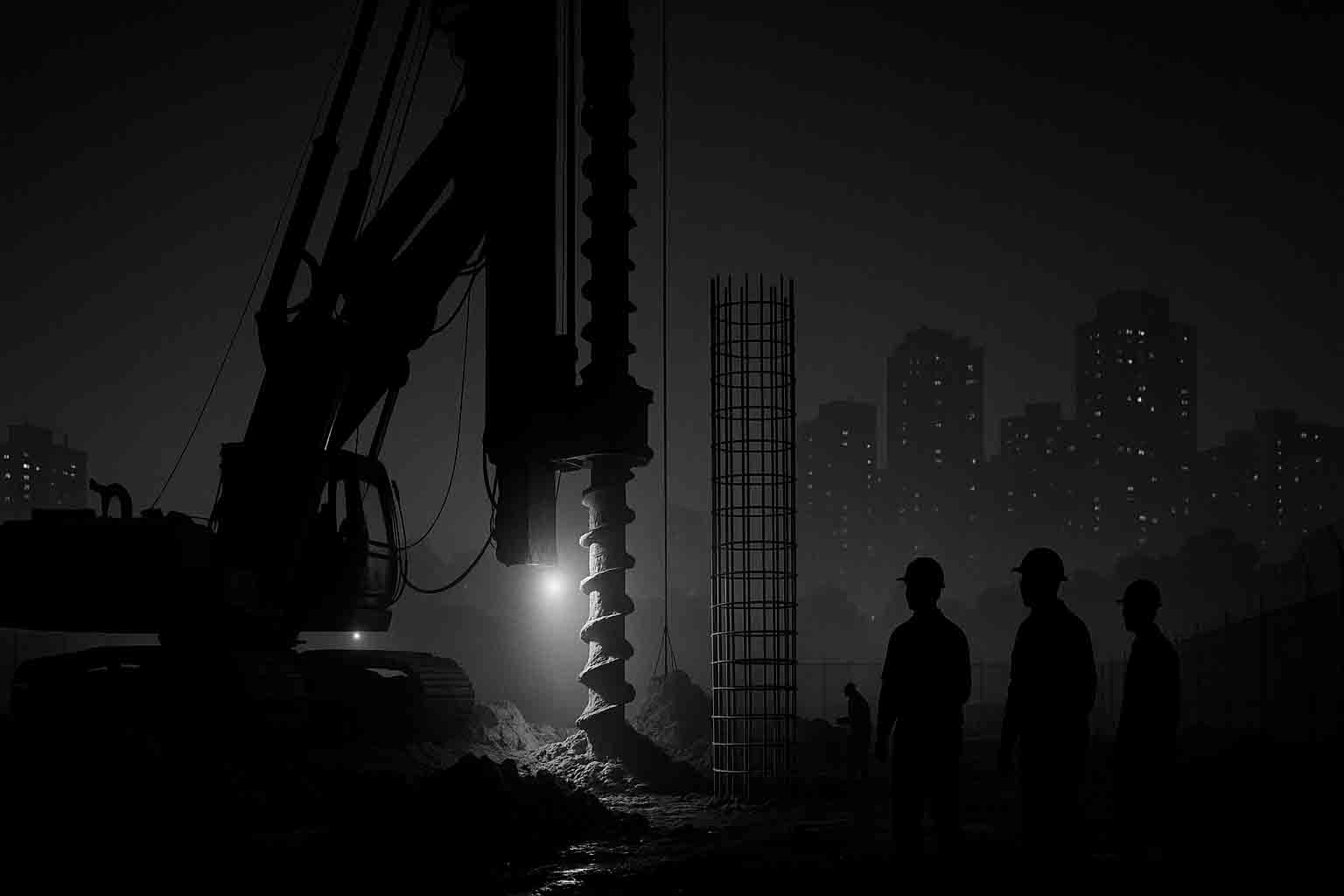
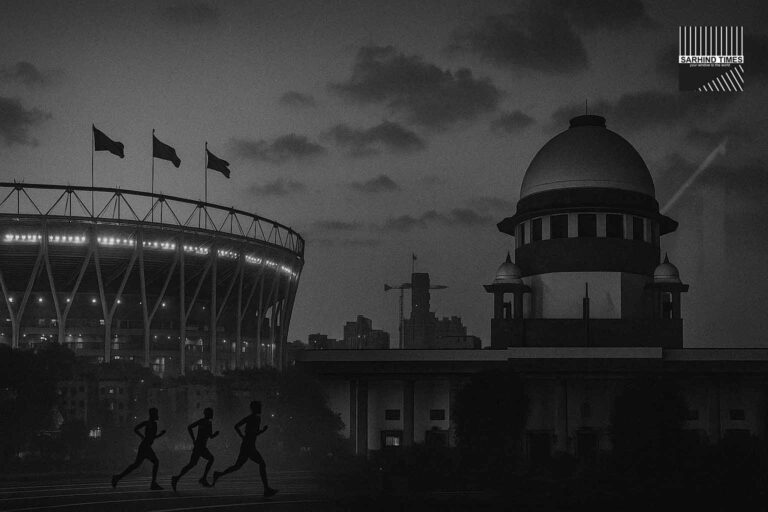
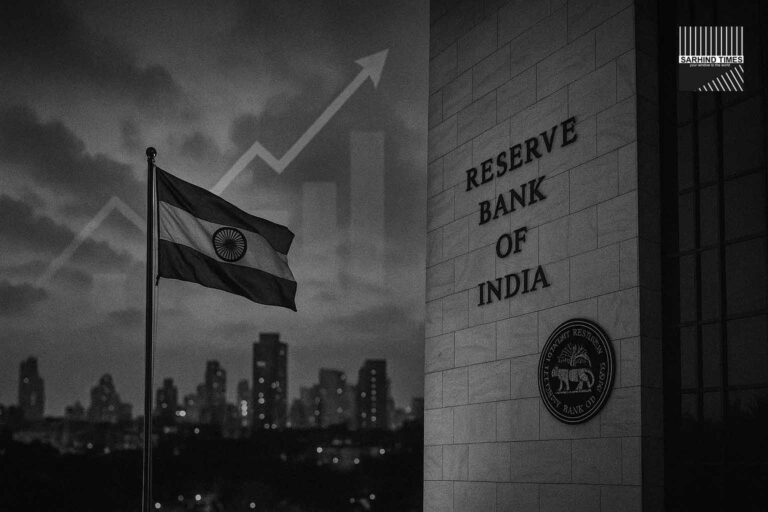



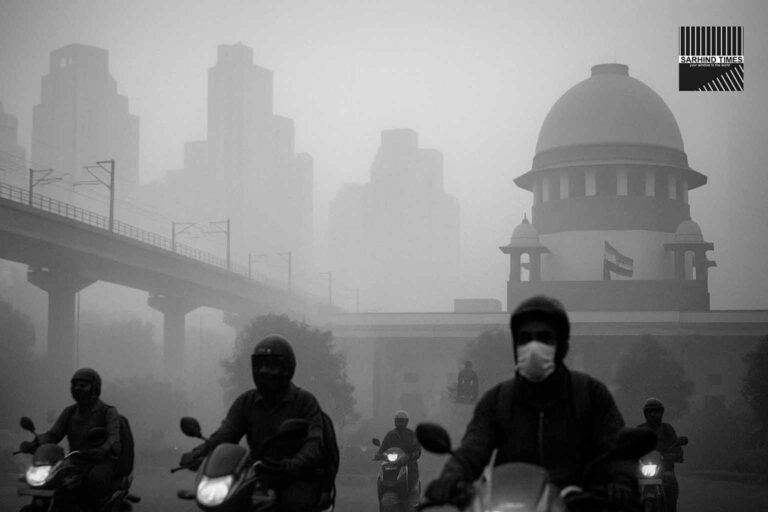


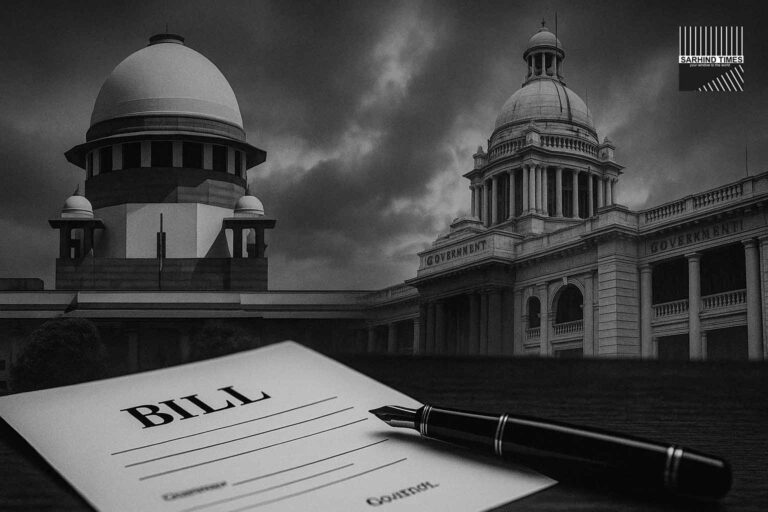
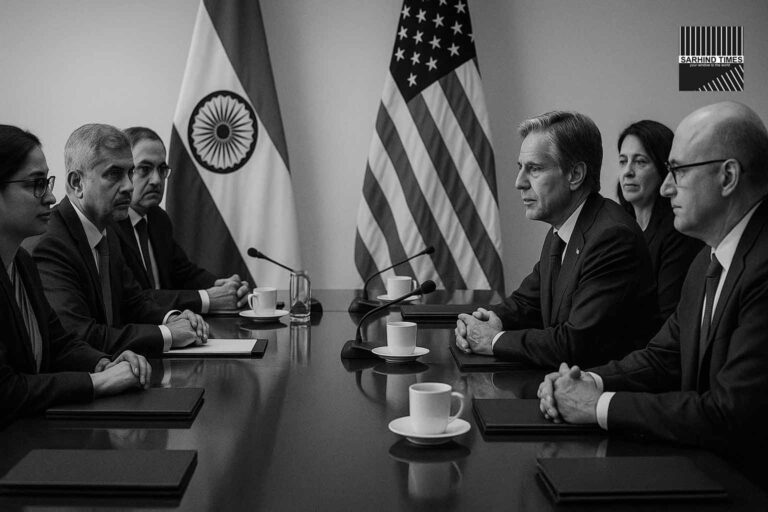
+ There are no comments
Add yours